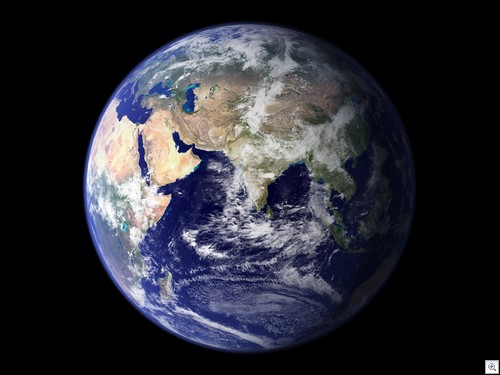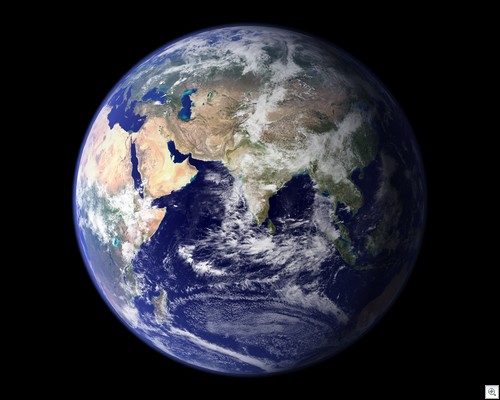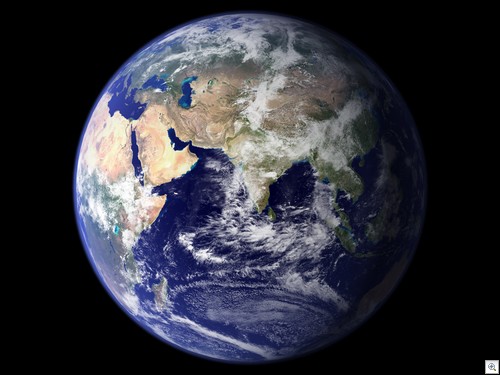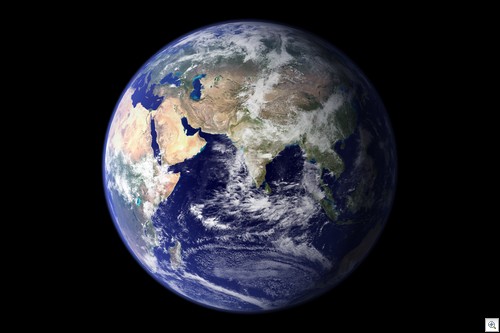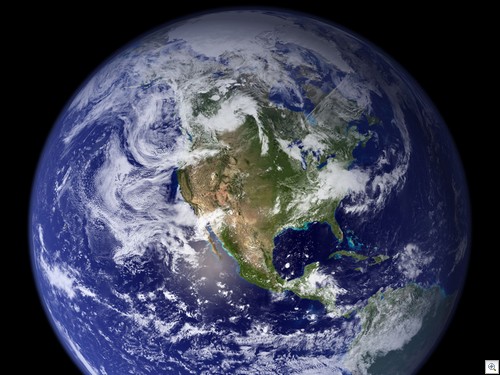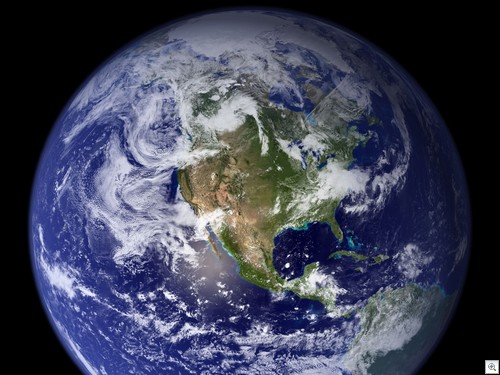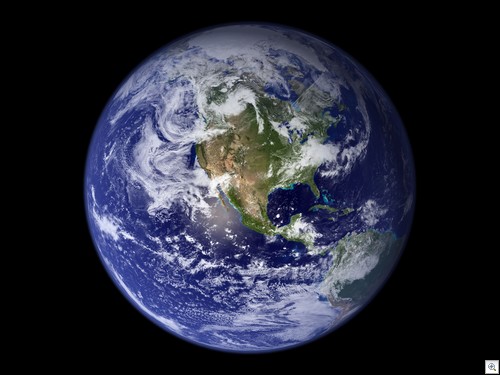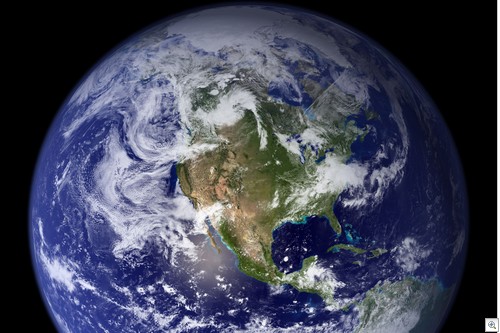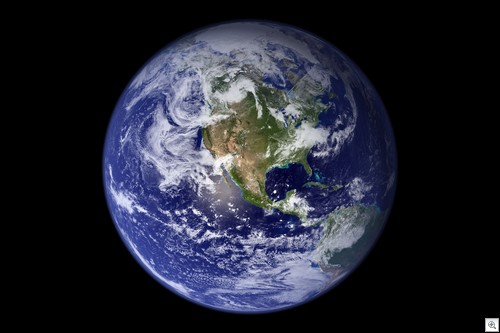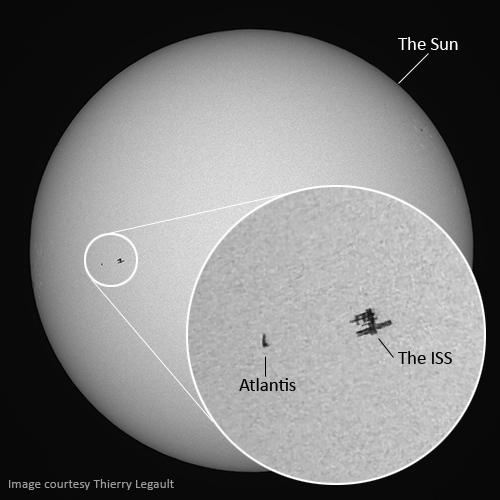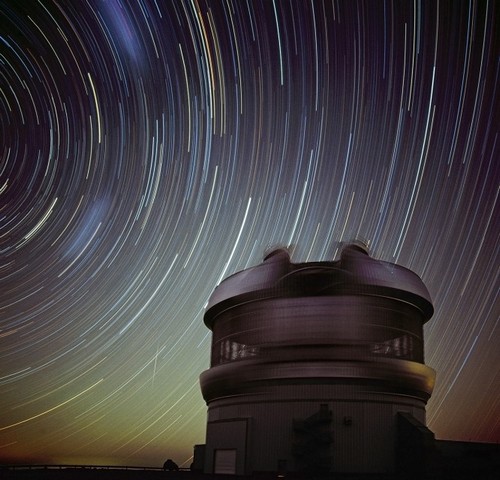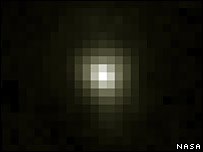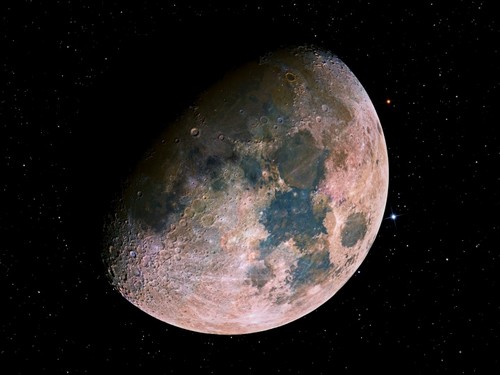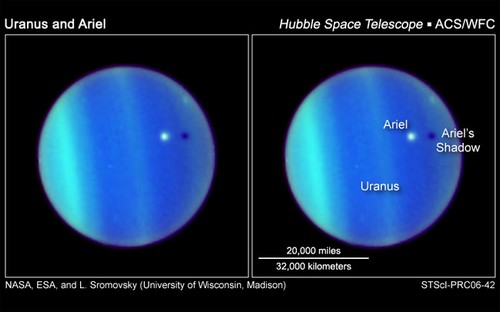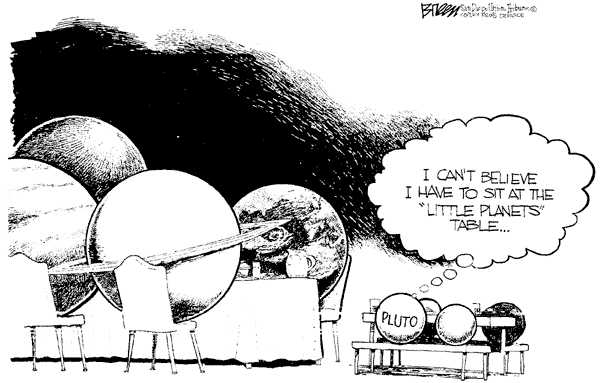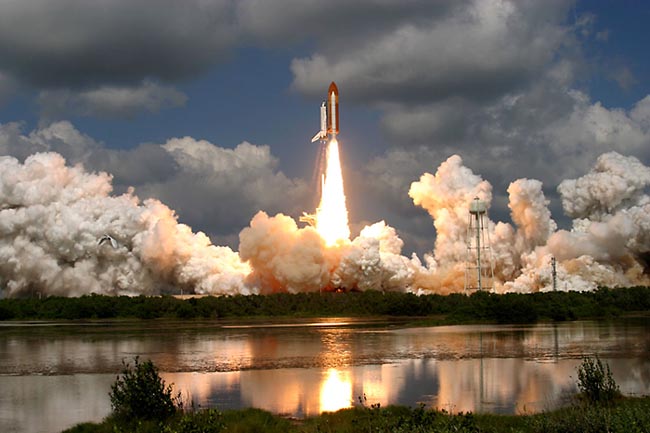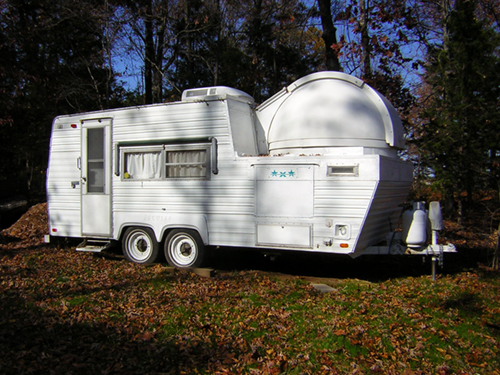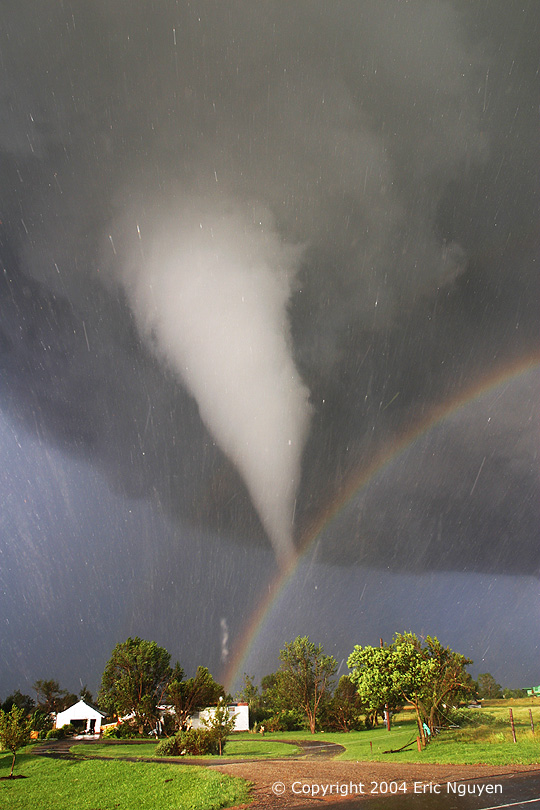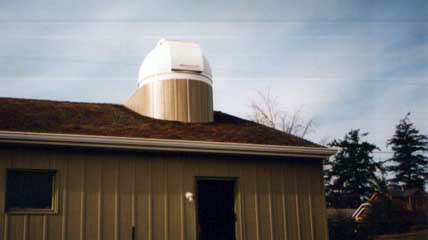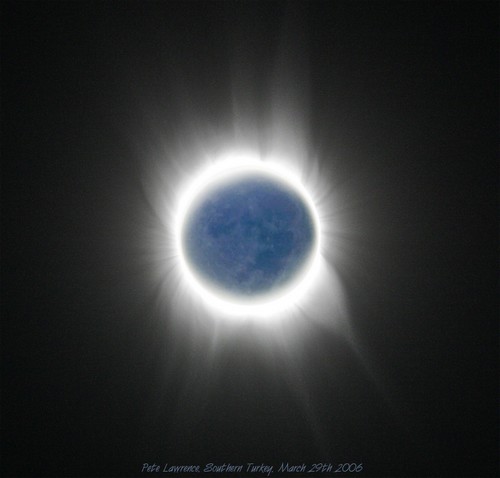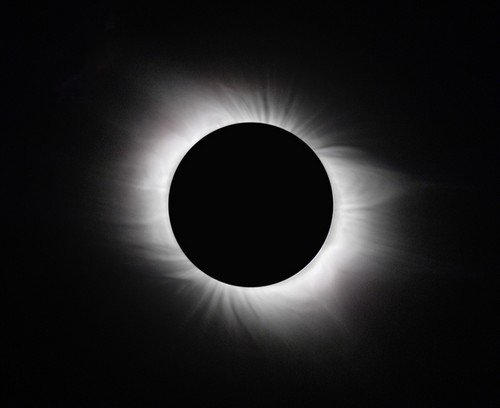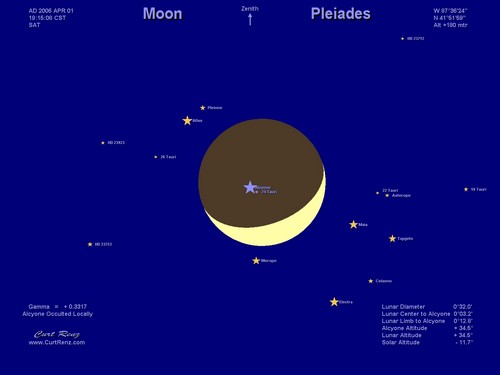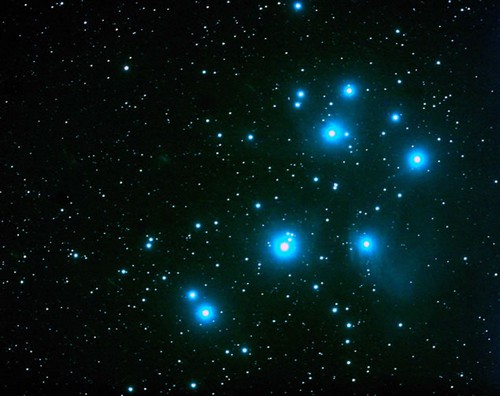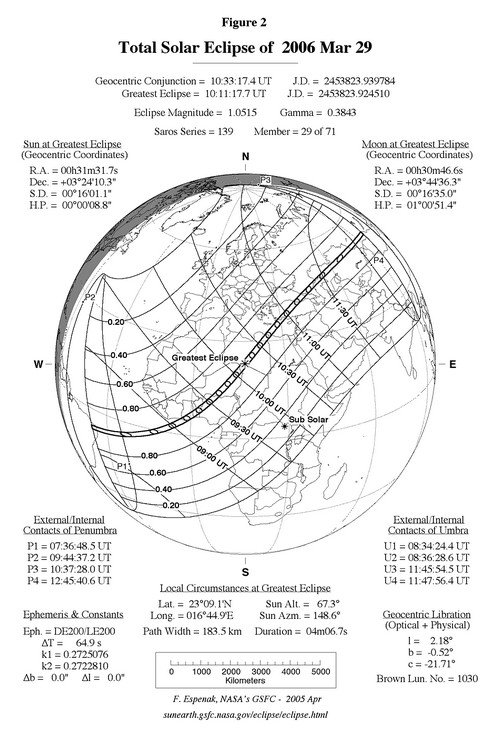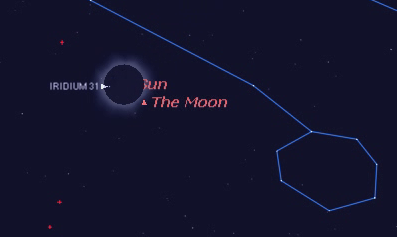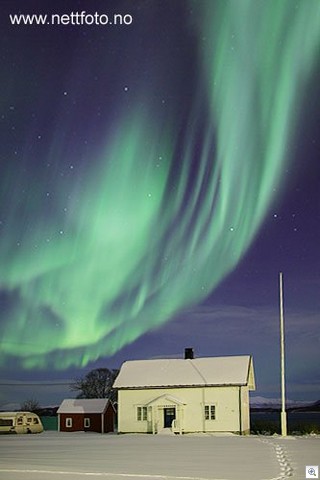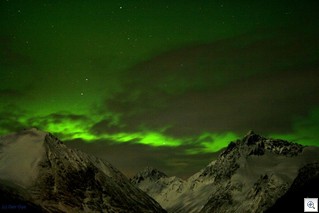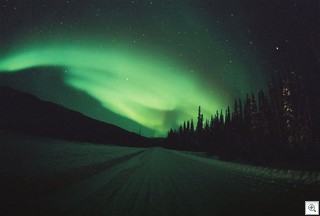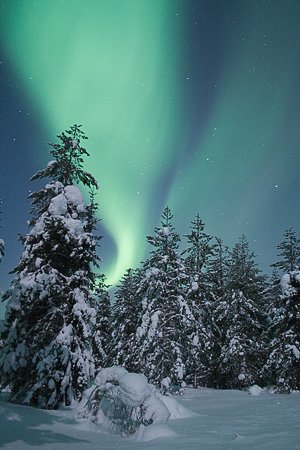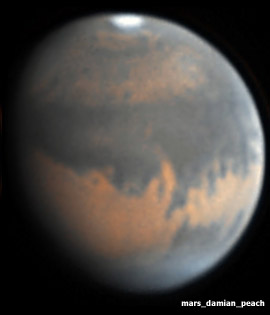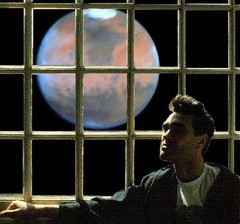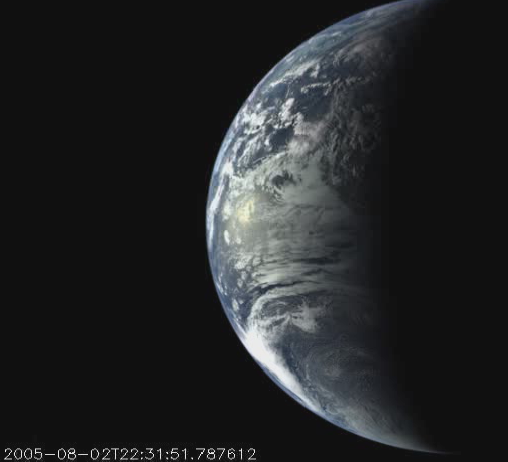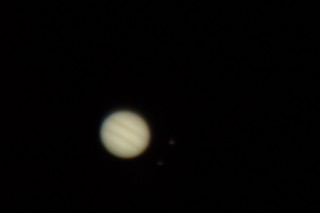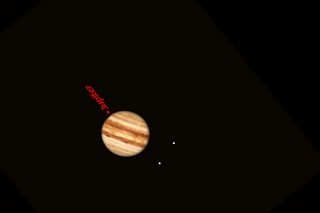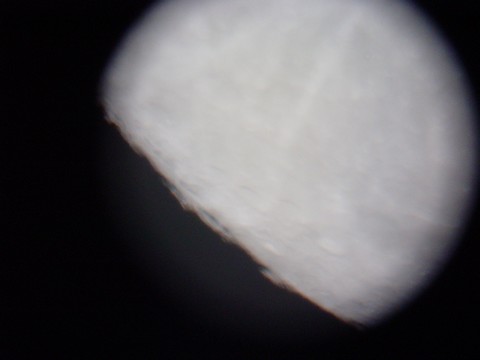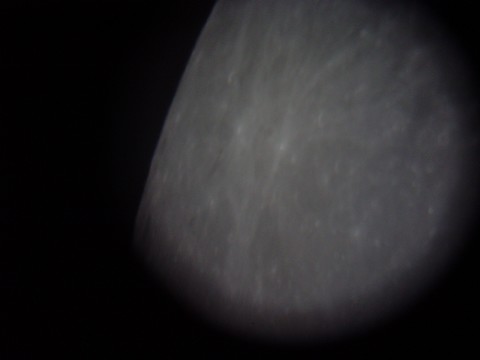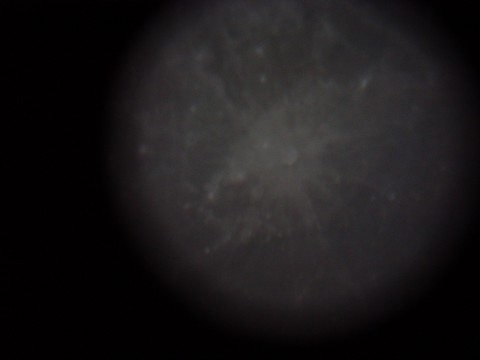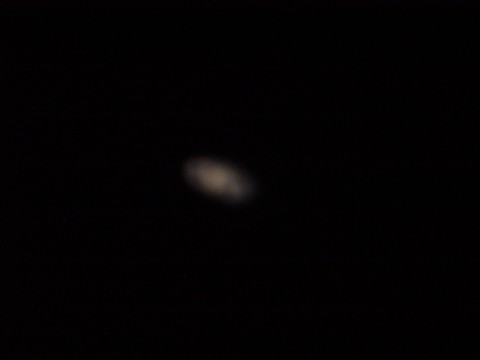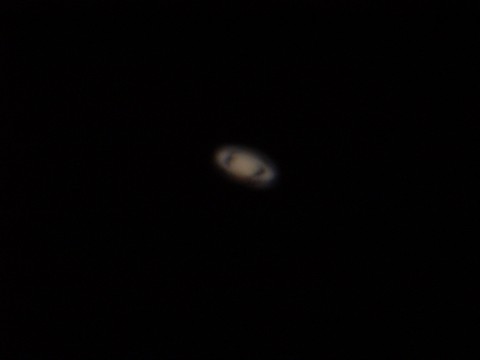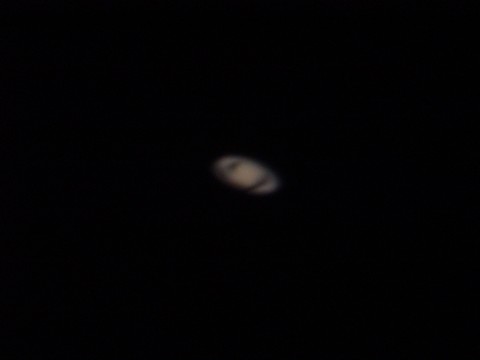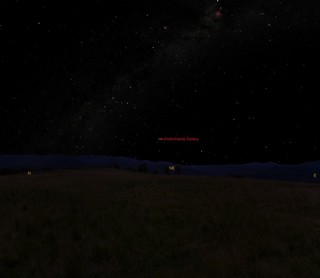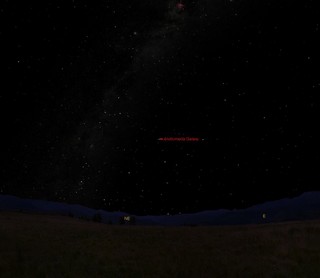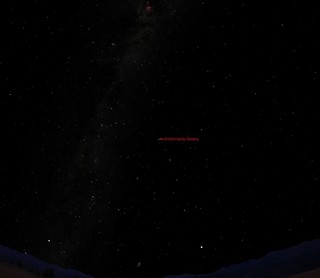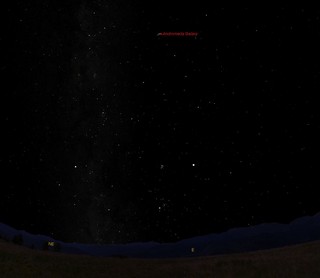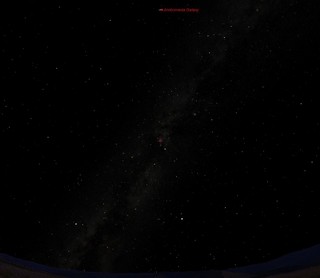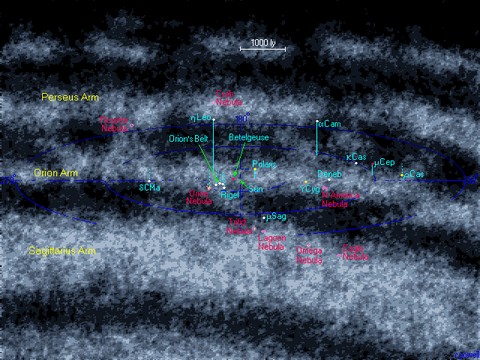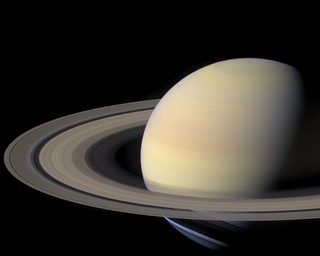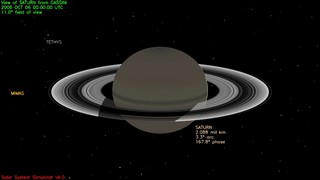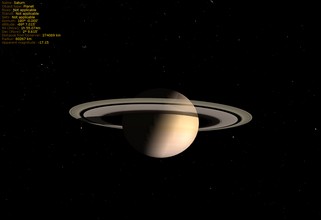Why time travel gets me upset
I finally saw a blog post that provides me with an opportunity to explain why I feel that most if not all time travel stories are unrealistic (hah!).
The original post was made by the Bad Astronomer and he links to a cool website which let’s you calculate how far you move (on the Earth, in space) in a given time period: www.earthmove.info.
“My old friend and evil twin Richard Wiseman came up with a funny idea: if you were to add up all the motions of the Earth over a given period of time, how far would it have moved?
Lessee: it spins at 1000 mph at the Equator (don’t forget to compensate for latitude), it orbits the Sun at 18 miles per second, the Sun orbits the Galactic center at about 200 mps, and the Galaxy is moving toward th Andromeda Galaxy while simultaneously falling into a massive cluster of galaxies called The Great Attractor. Oh — the Universe is expanding, with the visible edge receding from us (or equally, we are receding from it) at the speed of light.”
So, how does this relate to time travel? Let’s say that if you went back in time a single minute and your time machine was located in a comfortable laboratory in Midtown New York, you would be instantly transported 11,018,000 miles away. Rather, you would be in the same spot and the Earth would be 11,018,000 miles away, where it was 1 minute ago.
So, a proper time machine would also be equipped with rockets and lots and lots of fuel. This way, once you find yourself in deep space (one minute ago), you can start heading back to Earth. Even so, to travel 11MM miles at the speed of light (or close to it, ignoring acceleration and deceleration) still takes like a minute or something. So, by the time you got back to Earth, you’d be back where you started. Oh, but not really. Since you’d be warping space-time traveling at relativistic speeds like that… Earth would likely be 100 years in the future once you got there.
When you arrive, people will wonder where you were all this time and won’t believe you when you claim to have gone BACK in time.
An alternative time machine that might solve all of these problems might be more like a time dilator and a transporter all wrapped up in one. So, you can not only go back in time, but the machine will calculate the crazy looping trajectories needed to get you to exactly the same spot on Earth one minute ago. This could be dangerous, of course, since you might miscalculate and fuse with the Earth’s core. Geez, couldn’t you also fuse with air molecules when you appear? Perhaps all of this is most safely done in a vacuum. Anyway, you better have a computer with a lot of significant digits in it’s floating point processor.
Round-off error could be a problem otherwise.
-n
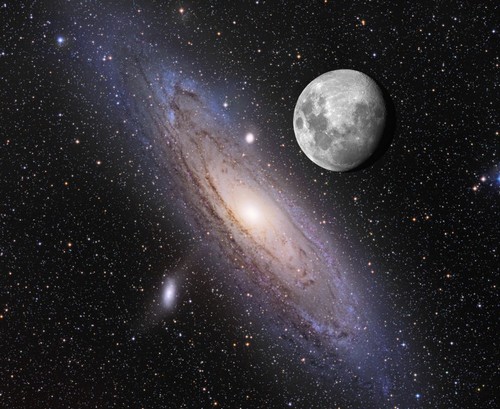
 I’ve linked to
I’ve linked to  For now, he’s
For now, he’s 